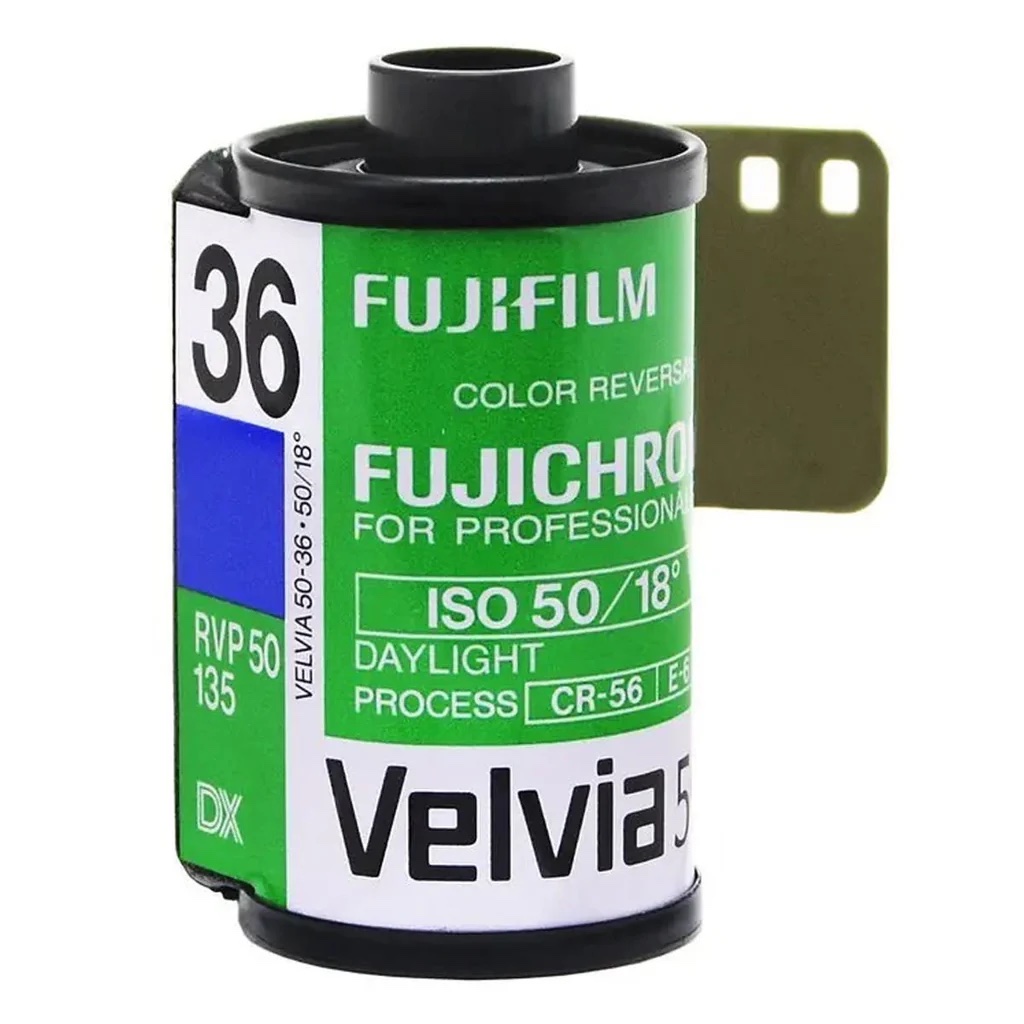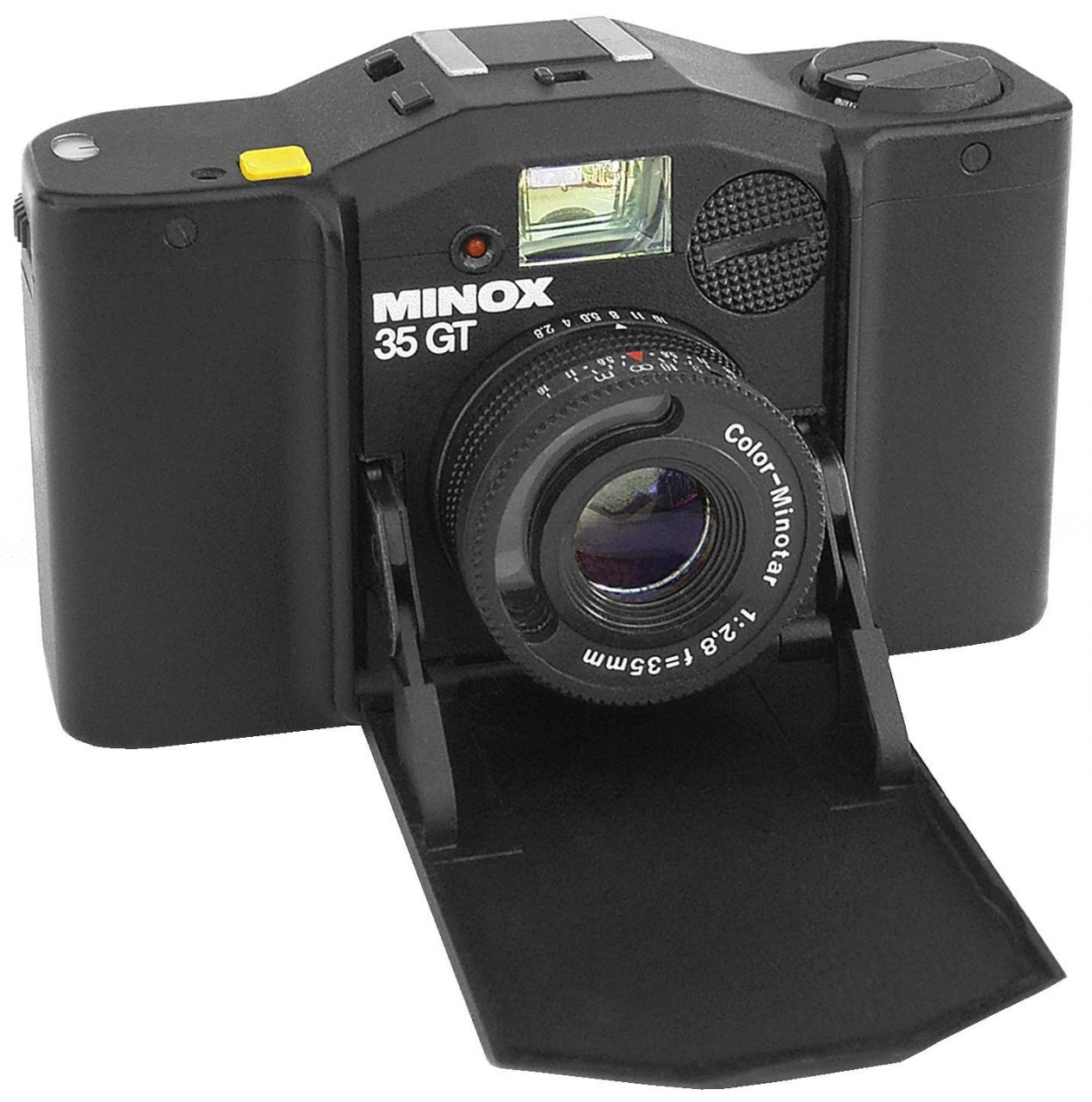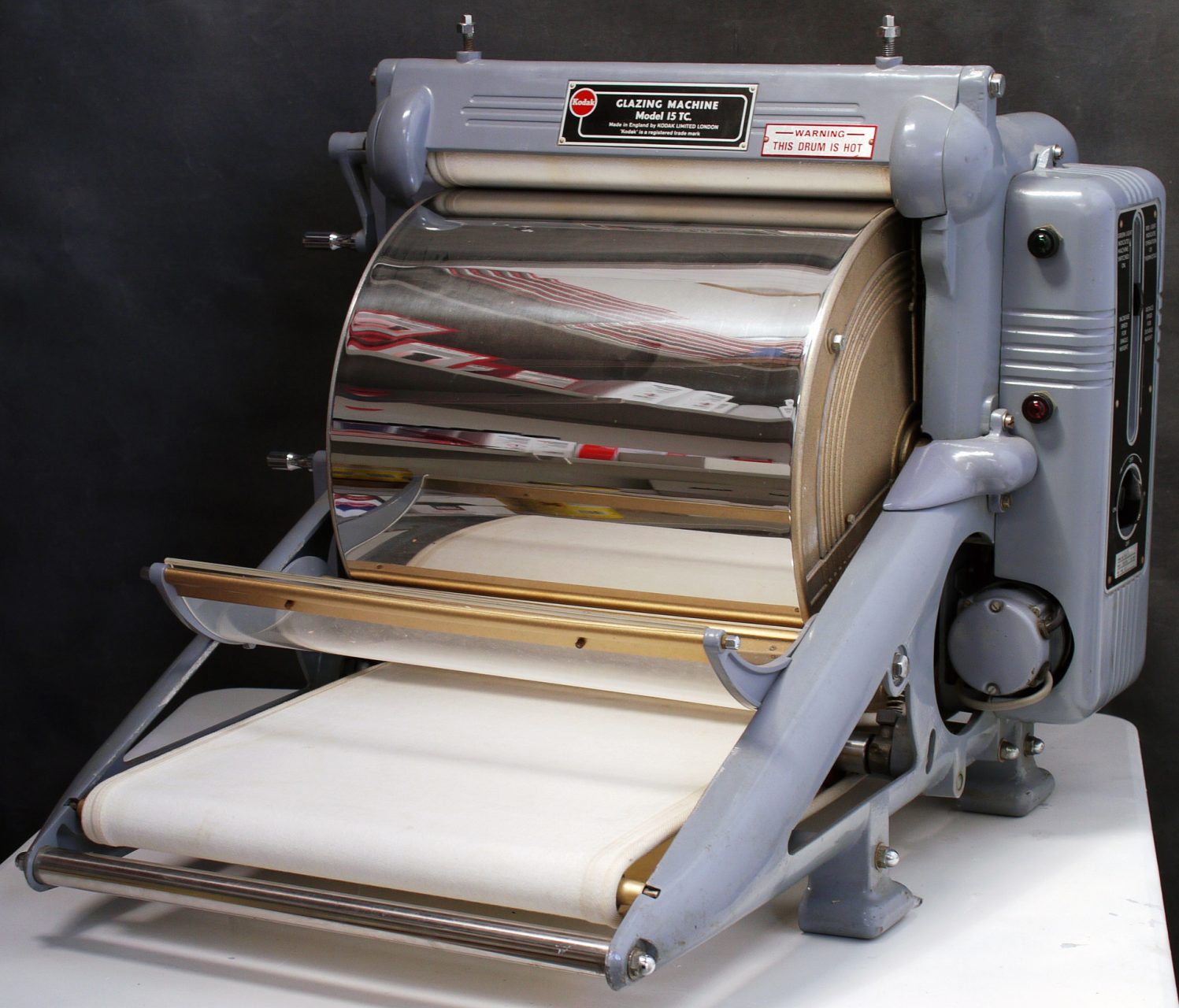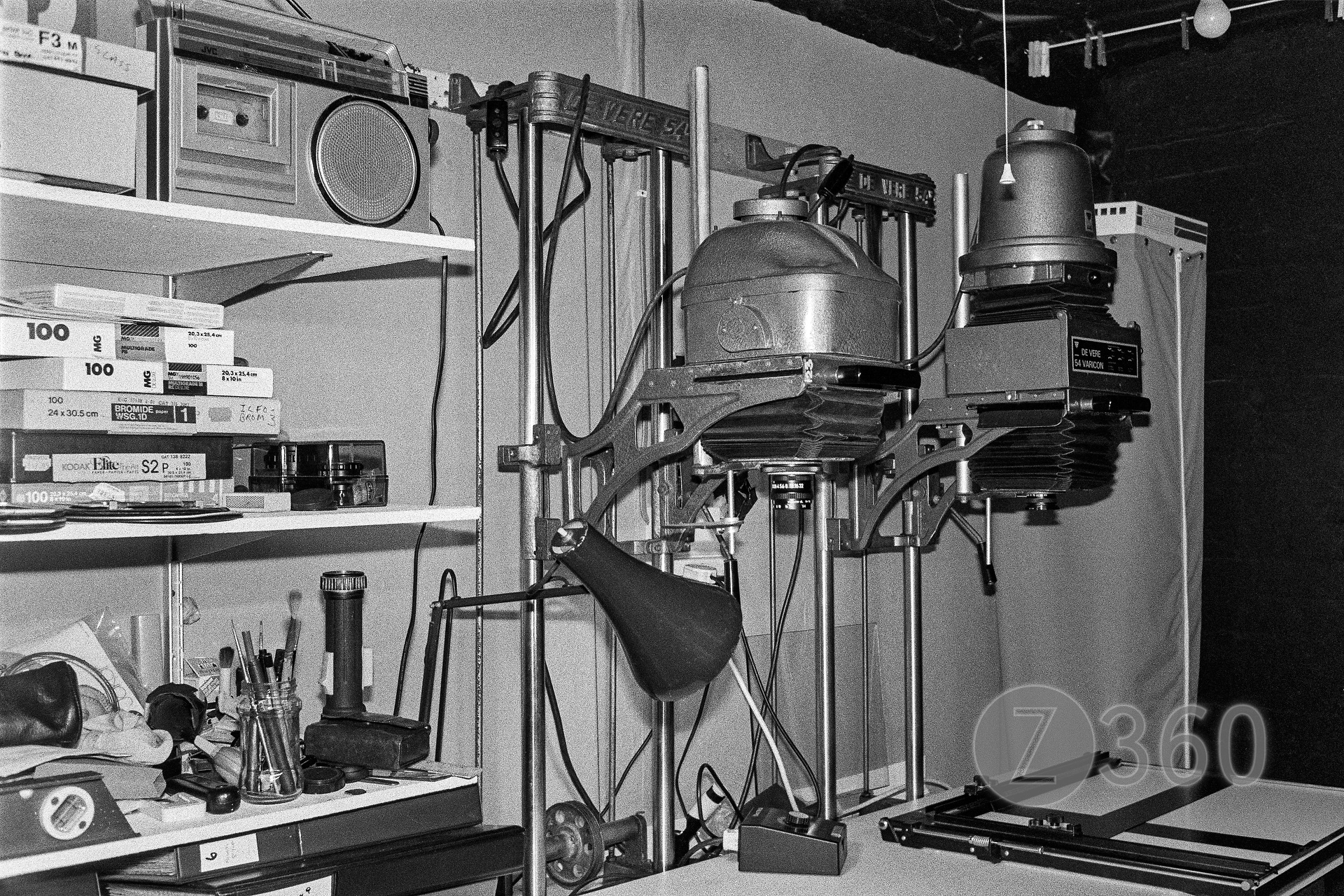This is the camera, a Minox 35 GT from 1981, that I always carried with me for several years. It was tiny, only 100mm wide and 31mm deep when closed, it weighed just 200g, yet took standard 35mm film. It felt like a spy camera, I was always ready. In those days only professionals carried a camera 24/7, you were the exception.
Today it is no longer in production since it has been well superseded by the power and ease of use of our ubiquitous phone cameras. Yes, we are all photographers now and all those photographs are free at the point of use. How times change, how quickly advanced technology becomes redundant.
In the 80s to become a photographer you had first to build a darkroom. That was the only way to process film fast enough to be of commercial use, without spending a fortune on poor quality rush processing. So it took maybe an hour to process film and then maybe a couple of hours to make prints, and that was with a film drier and a Kodak drum print drier. Remember this was just for monochrome. Every click cost money, many jobs would be completed on just 1 roll of film, that is 36 pictures on 35mm or 12 on 120 format. Nowadays I may take 500 pictures or more, there are so many more decisive moments these days! And they are all free…
The fastest film available was normally Kodak Tri-X or Ilford HP5 at 400 ASA, often push processed to 800 ASA. There was Kodak Recording film at 1250 ASA, which had an enjoyably coarse grain, but that meant it was reserved for specialist uses. I was also an early adopter of Ilford XP1 400, a chromogenic C41 35mm film with its own specialist developer. It had so little grain and such good gradation, that art directors and picture editors thought I was using medium format, so I loved it.
As for colour, I adopted transparency film, which had a fast turnaround time of 2 hours at a good E6 processor like Primary Colour. Of course the transparency, once mounted, was the final product ready for production, there were no negatives or prints. As a result the initial exposure had to be spot on, often bracketing of exposures was necessary. Alternatively you could get a clip test for the first few frames of the roll, and then order the development to be adjusted as you required. Good colour film was always slow and the best was Fuji Velvia which was only 50 ASA. Hence I often had to use a big hammerhead Metz 45 flashgun when out on location. Most transparency films above 100 ASA looked washed out, compared with Velvia or Fuji RDP 100. A particular issue for me was tungsten balanced film (3200K) for use at concerts. The only real choice was Kodak Ektachrome 320T, but I never liked it much. Otherwise there was Fuji 64T, excellent on a long exposure, using a tripod at night.

So the days of worrying about ASA, colour balance or even exposure are over. Photography sure has become easier, if not child’s play. Take a RAW format photograph and all those variables can be adjusted, no accuracy is required. The dynamic range of a good digital camera far exceeds film, an exposure 5 stops out can be recovered in Lightroom or Capture One, any colour balance may be used, and digital photos can now look great at 3200 ASA. My Minolta Flash light Meter IV is totally redundant, as are most of my photographic skills. Yes we are all photographers now…



